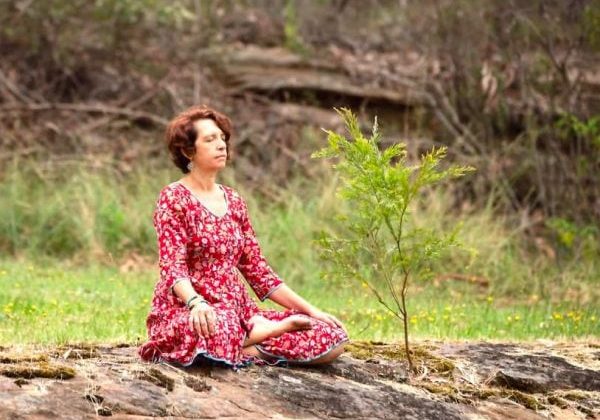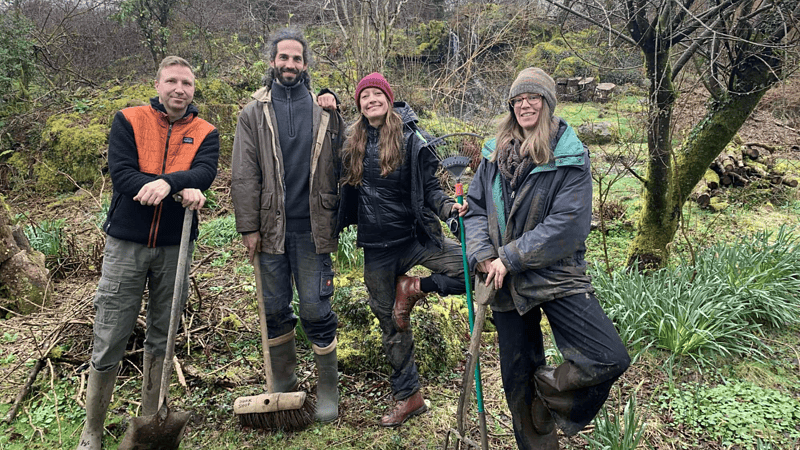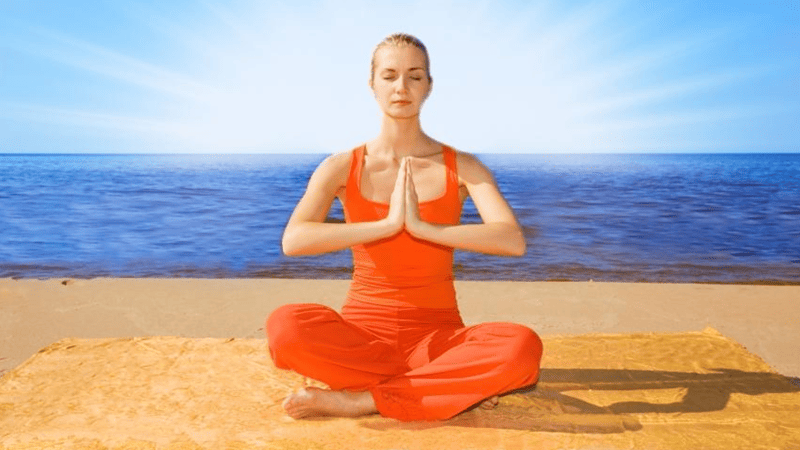
Two Ways Into Meditation
When you sit down to meditate, do you zero in on one thing—like the breath? Or do you simply notice what’s happening, moment to moment?
Reading time: 3 minutes
These are two powerful paths into meditation: dharana, the yogic art of one-pointed focus, and sati, the Buddhist practice of open, mindful awareness. Both lead inward. Both quiet the mind. But they do so in different ways.
Understanding how they work can transform not just how you meditate, but how you meet yourself—on the mat, and in life.
Dharana: One-Pointed Focus
In classical yoga, dharana is the sixth limb of the eightfold path outlined in the Yoga Sutra. It means concentration—bringing your attention to a single object, like the breath, a mantra, a candle flame, or even the space between the eyebrows.
This isn’t about controlling the mind or forcing it to be quiet. It’s about gently returning to the object of focus whenever the mind wanders—again and again. That act of returning is the practice.
You might silently repeat a mantra. You might count the breath. You might simply sit, steady and still, with your attention anchored to one point.
The benefit? Dharana builds steadiness. It’s especially helpful when your mind feels scattered or overstimulated. It gives you something to hold onto.
Sati: Open, Mindful Awareness
Buddhist practice often begins with a different approach—sati, or mindfulness. Rather than focusing on one thing, you open your awareness to whatever arises: breath, body, thoughts, emotions, sounds. Nothing is pushed away. Everything is included.
The key here is non-judgmental awareness. You’re not trying to change or fix anything. You’re just noticing—softly, kindly, curiously.
This can feel spacious and freeing, especially when you’re dealing with emotional intensity, anxiety, or overwhelm. It’s a practice of meeting yourself where you are, without adding pressure or resistance.
Do You Have to Choose?
Absolutely not. In fact, many meditation practices blend both.
You might start by focusing on the breath (dharana) to ground the mind. Once some calm is established, you might shift into a more open awareness (sati), allowing yourself to simply observe whatever arises. Both have their place.
Here’s an example you can try:
“Begin by focusing gently on your breath, allowing your attention to rest there. If the mind wanders, return to the breath.
Then slowly open your awareness to include body sensations, thoughts, emotions—whatever is present. Notice it all, without clinging or pushing away.”
By learning to distinguish these two practices, you’ll understand your own mind better—and stop expecting meditation to mean “no thoughts.” (Spoiler: it never does.) Instead, you’ll discover different doorways into presence, depending on what you need.
Wherever you are in your practice, remember: there’s no one “right” way in. Whether you need focus, space, or both—just begin.
Want to go deeper?
If you’re curious about how Buddhist teachings can enrich your yoga practice—especially when it comes to meditation, presence, and inner freedom—check out my book Buddhism for Yogis. It’s written especially for modern practitioners who want to explore both traditions in a grounded, practical way.





